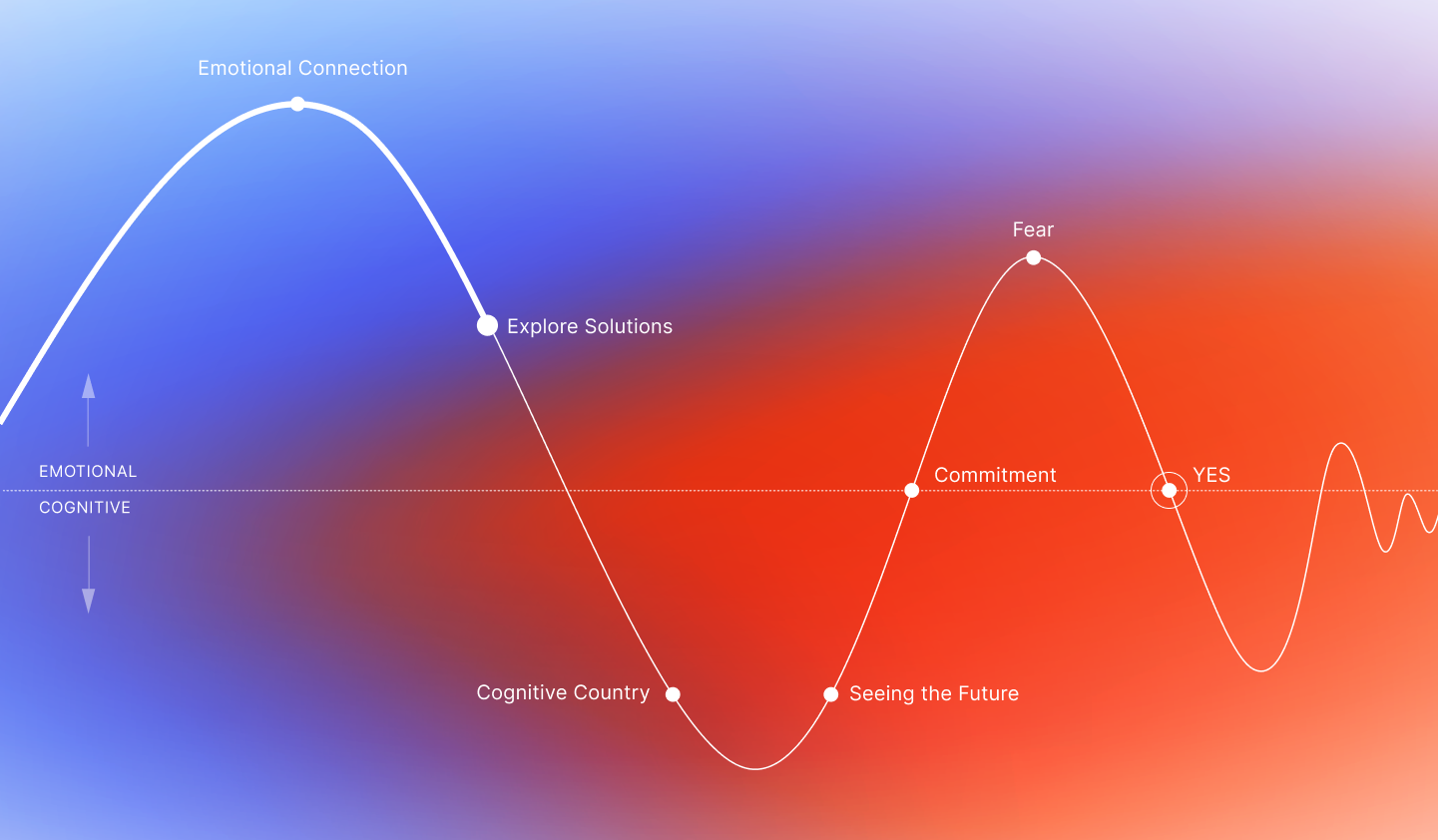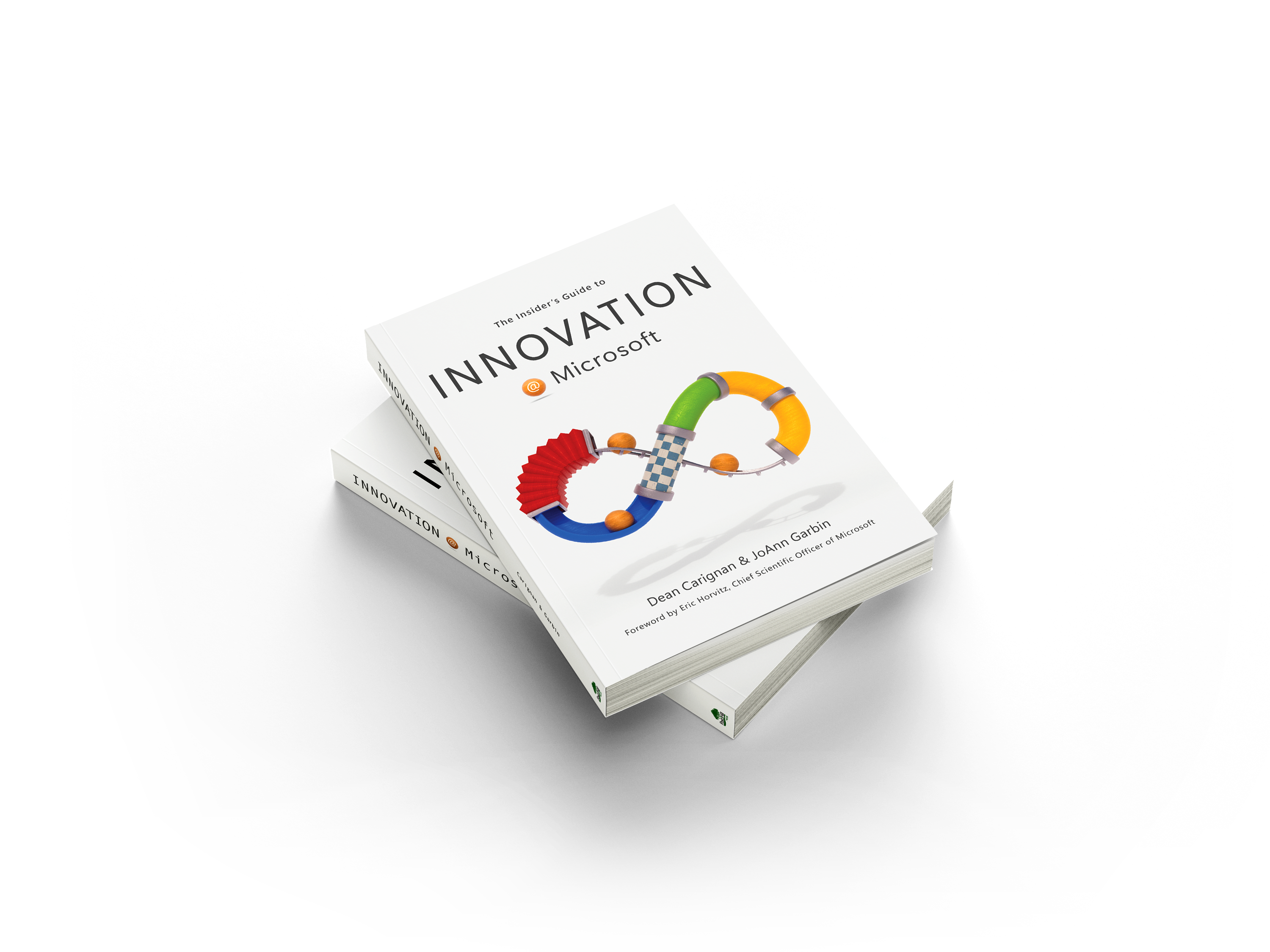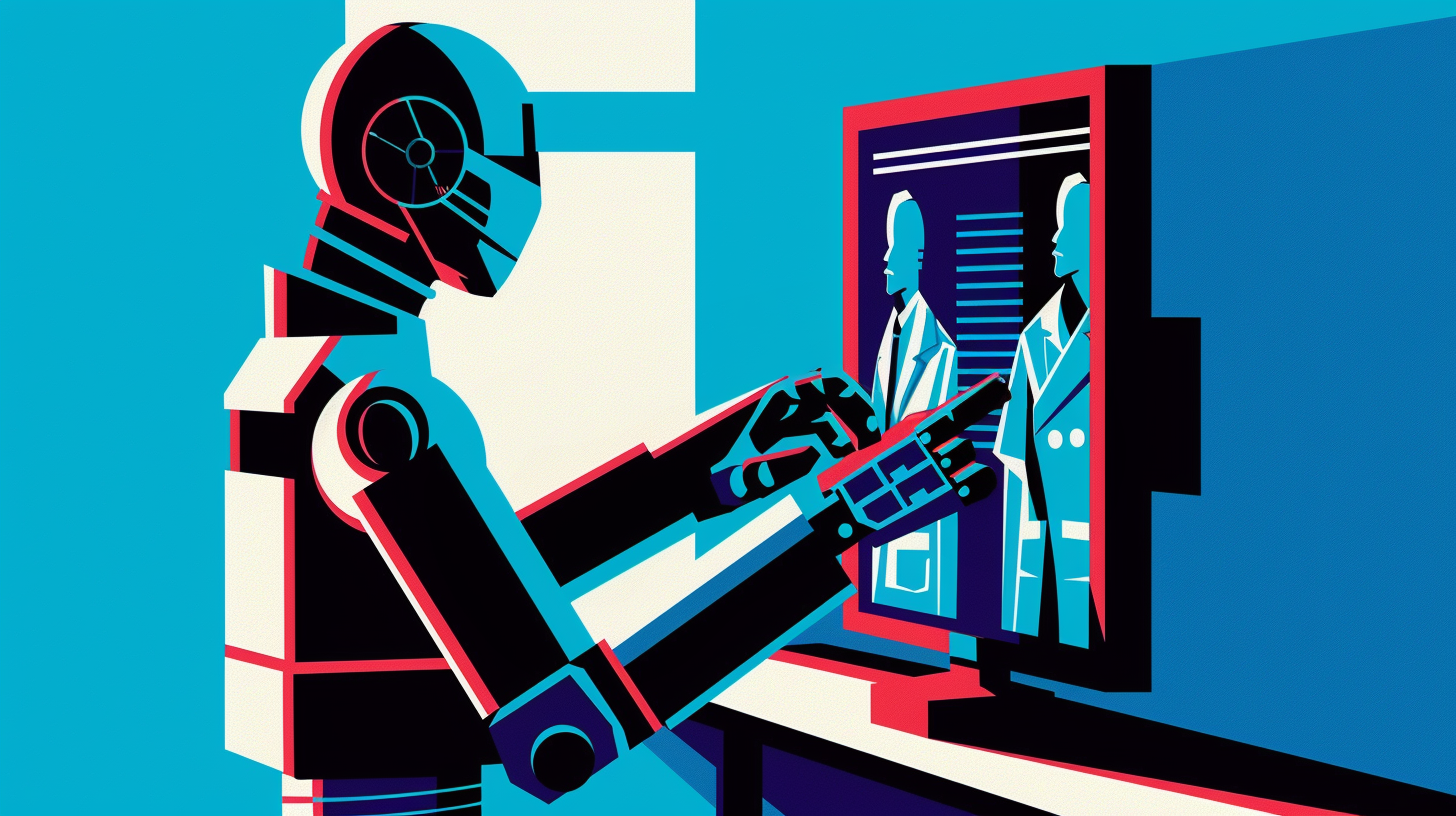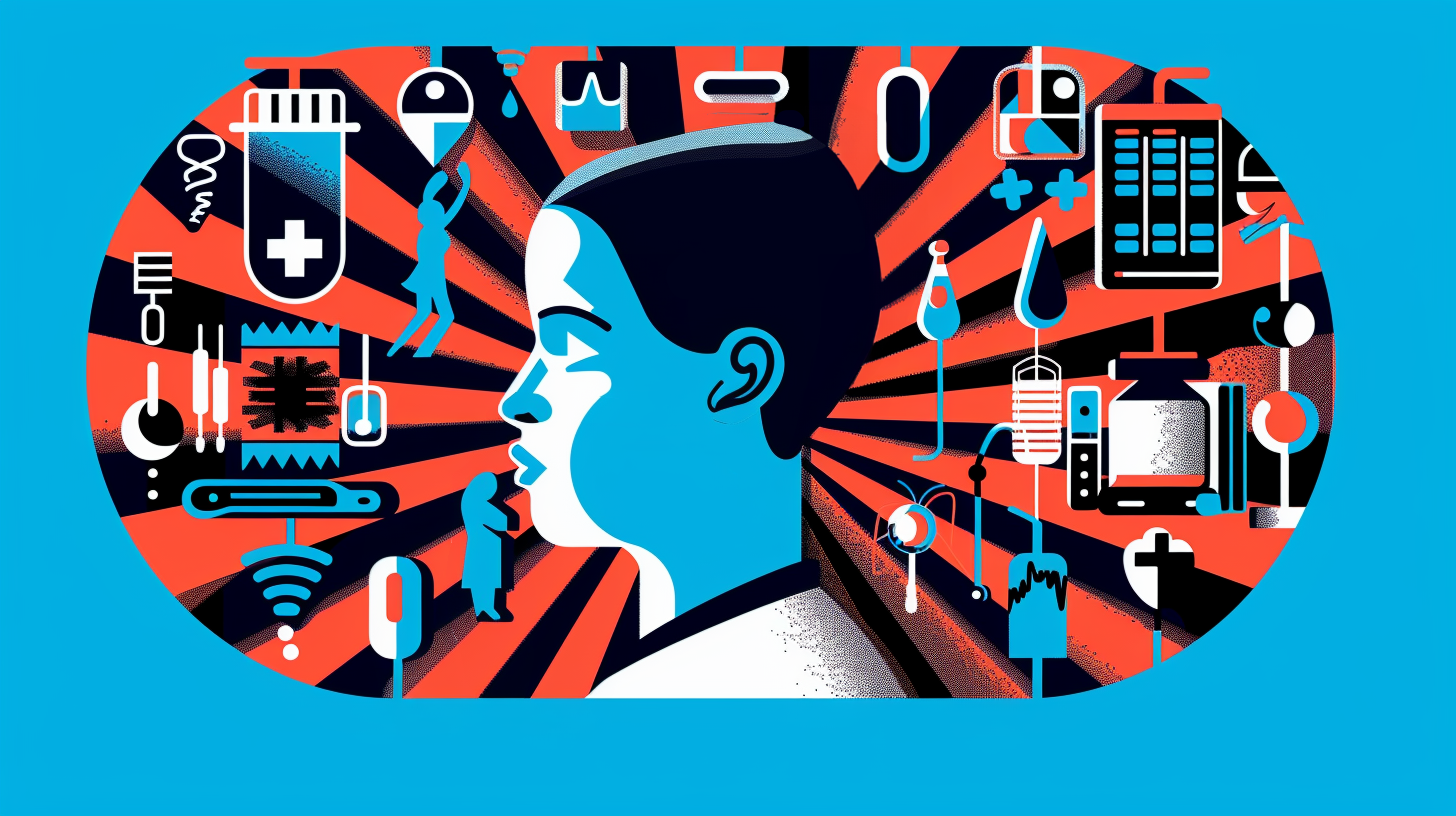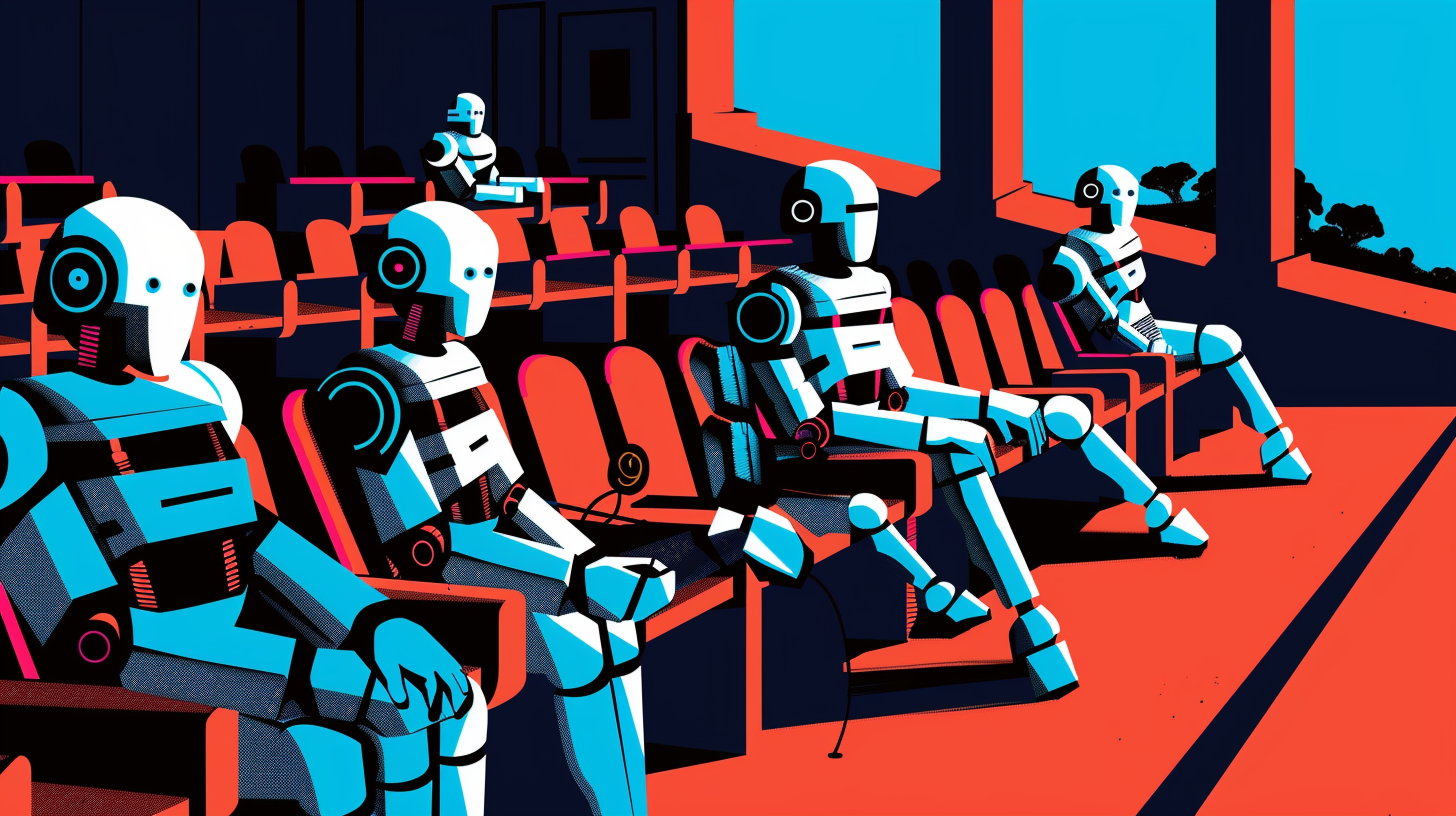You’re in a unique race right now where everyone wants to personalize more, and yet no one knows exactly where the finish line is. And as you’re racing, there’s rumor of a terrifying PHI monster waiting to jump out and halt your progress.
Creating behavior change and getting to a decision is as much about the human as it is about the product or service. And every person who decides to do (or buy!) something goes through the same psychological journey - whether they're choosing a doctor, purchasing enterprise software, or buying a pack of gum.
READ MORE
The Insider’s Guide to Innovation at Microsoft demystifies how innovation happens at one of the most influential companies in the world. And, as featured in the book, a key part of that how is rooted in the psychology of behavior change outlined in White Rhino’s B2Me framework.
READ MORE
Last week, OpenAI released Operator, an AI agent that can use the web to perform tasks for you. As a Pro user, I got first access and decided to try this thing out on the stuff I know best - hospital websites.
READ MORE
You don’t need a crystal ball to tell me what’s coming next in healthcare marketing. As most marketers here know, just look at B2B and B2C - you’ll see the tools and technologies coming into our industry.
READ MORE
I have lots of conversations with hospital and healthcare leaders about patient empowerment. And for years, those conversations have centered on finding ways to help health systems offer educational, financial, and administrative resources through better digital experiences. In other words, using technology to give patients greater control over their own health experience.
READ MORE
READ MORE
Across industries, companies are on the brink of a second wave of digital transformation, fueled by AI and emerging technologies. But in healthcare, many organizations haven’t even completed their first digital transformation. While other sectors are pushing forward with cutting-edge tools and personalized digital experiences, too many healthcare websites still struggle with the basics of content management, user experience, and accessibility.
READ MORE
SUBSCRIBE
sign me up for news, inspiring creative, and other updates (privacy policy)
POST TOPICS
- Healthcare (49)
- Strategy (43)
- Best Practices (27)
- Technology (26)
- Digital Marketing (24)
- B2Me (23)
- Copywriting (20)
- Addictive Experience (14)
- B2B (13)
- Creative (10)
- Experts (9)
- Addictive Marketing Podcast (8)
- healthcare revenue generation (6)
- Behavior Change (5)
- Content Management System (5)
- Gamification (5)
- CMS (4)
- Lead Generation (4)
- Advertising (2)
- Branding (2)
- Journey Mapping (2)
- Lead Nurture (2)
- Market Research (2)
- Sustainability (2)
- AR (1)
- Augmented Reality (1)





